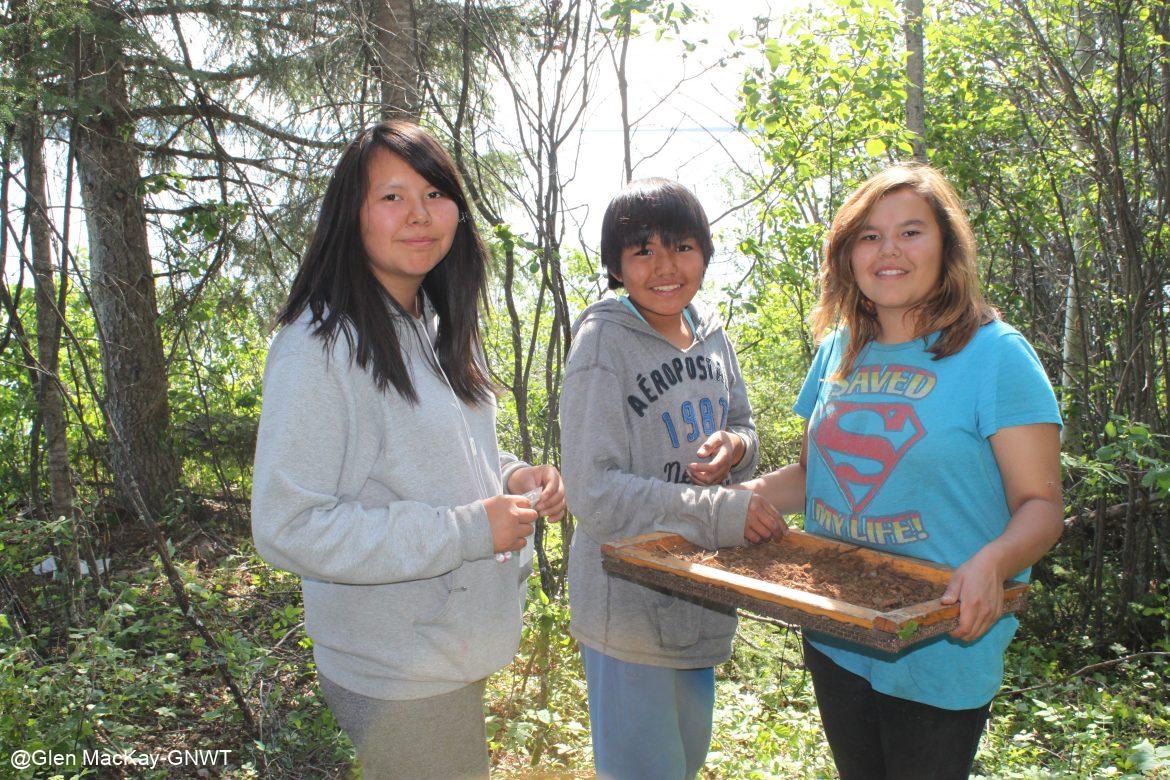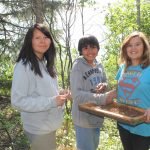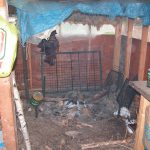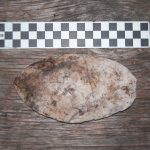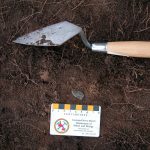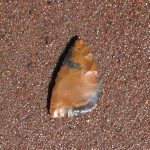2000 Years Ago
Sambaa K’e Archeology
The community of Sambaa K’e is in the southwest corner of the Northwest Territories (NWT), located south of Fort Simpson. The name Sambaa K’e means ‘place of trout.’ Archaeological evidence indicates that Sambaa K’e Got’ine (the people of Trout Lake) have lived around the lake for at least 2,000 years.
Government archaeologists from the Prince of Wales Northern Heritage Centre have worked with community Elders and students around Sambaa K’e since 2005. The community helps to review and guide the archaeological projects.
A beautifully crafted chert knife blade was found along the bank of Ndu Tah Deh. The knife might have been used to fillet pickerel, which gather in large numbers near the mouth of the river in the early summer. Using the location of the knife as a clue to where more archaeological evidence might be, an archaeologist and students from Sambaa K’e conducted a small excavation. The group found a broken chert arrowhead lying next to a small fire pit, pieces of burnt bone, and many small chert flakes left behind.
Based on the findings, the students and archaeologist reasoned that a hunter had probably stopped here to have a meal and make a new arrowhead to replace the one they had broken. In 2007, an Elder showed an archaeologist a large white chert knife she had found inside the shed where she butchered and smoked meat. This artifact indicates that the Sambaa K’e Got’ine may have processed meat in this spot for many generations!
